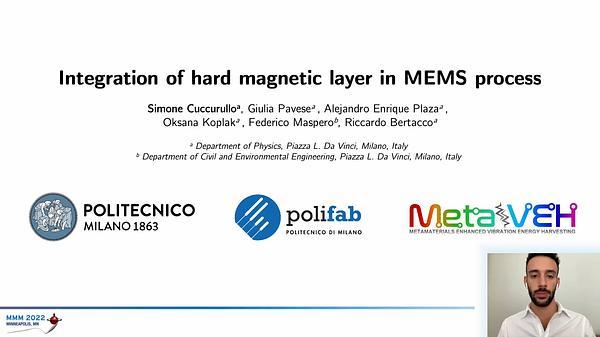Would you like to see your presentation here, made available to a global audience of researchers?
Add your own presentation or have us affordably record your next conference.
Magnetic catheter (MC) controlled by a magnetic navigation system (MNS) and a feeding device have been developed to overcome the steerability and the pushability of
conventional catheters.1,2 External magnetic field (EMF) produced from the MNS generates magnetic torque at the magnets in the MC to remotely steer the MC’s distal end while the
feeding device pushes the proximal end of the MC to move the MC forward.3,4 Sometimes, it does not work effectively when buckling of a flexible catheter occurs in complex blood
vessels.
We propose a position control method (PCM) of the Robotically Assisted MAgnetic Navigation (RAMAN) system to improve the pushability of the MC by maximizing magnetic force
(MF). Fig 1(a). shows the developed RAMAN system in which the 7-axis stage robot can move the 8 electromagnets (EMs) and the workspace surrounded by them. Fig 1(b). shows the MF
in the region of interest (ROI) which is 80% of the workspace. The PCM takes advantage of the fact that the MF increases as the magnet moves close to the EM. When the MF generated at
the MC is not sufficient, the PCM compares the MF of each vertex in the ROI and controls the 7-axis stage robot to move the ROI in such a way that the MC is located close to one of the
EMs to generate maximum MF. Fig 2. shows calculated maximum MF at the center of the ROI and at the point selected by the PCM where an axially magnetized ring magnet (OD: 2 mm,
ID: 1 mm, Length: 10 mm) of NdFeB 52 is located along θ and Φ directions. It shows that the PCM generates larger MF in any directions and 5 times larger MF on average than the
maximum MF generated at the center. We performed a navigation experiment of the MC along the aorta to the right coronary artery in a cardiac vascular phantom model. We observed a
buckling of the MC, and the maximum MF of 2.61 mN at the center did not overcome the buckling. We applied the PCM which generated the MF of 20.1 mN to release the buckling of the
MC. The PCM may contribute to controlling of the MC for robotic endovascular intervention.
References:
1B. J. Nelson, I. K. Kaliakatsos, and J. J. Abbott, Annual Review of Biomedical Engineering., Vol. 12, 55 (2010).
2N. Kim, S. Lee, W. Lee, and G. Jang, AIP Advances, Vol. 8, 056708 (2018).
3J. Nam, W. Lee, E. Jung, and G. Jang, IEEE Transactions on Industrial Electronics, Vol. 65, 5673 (2018)..
4E. Jung, W. Lee, N. Kim, J. Kim, J. Park, and G. Jang, AIP Advances, Vol 9, 125230 (2019).

